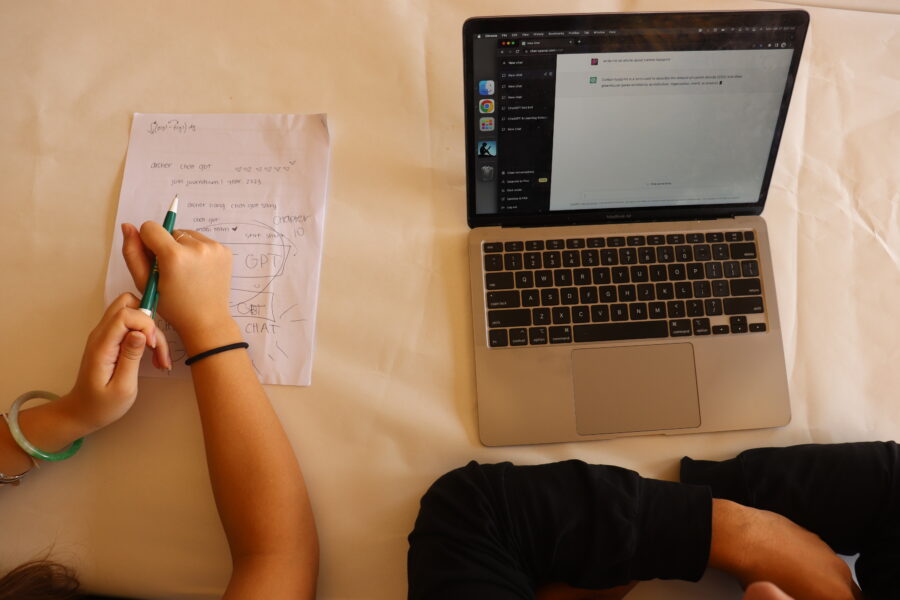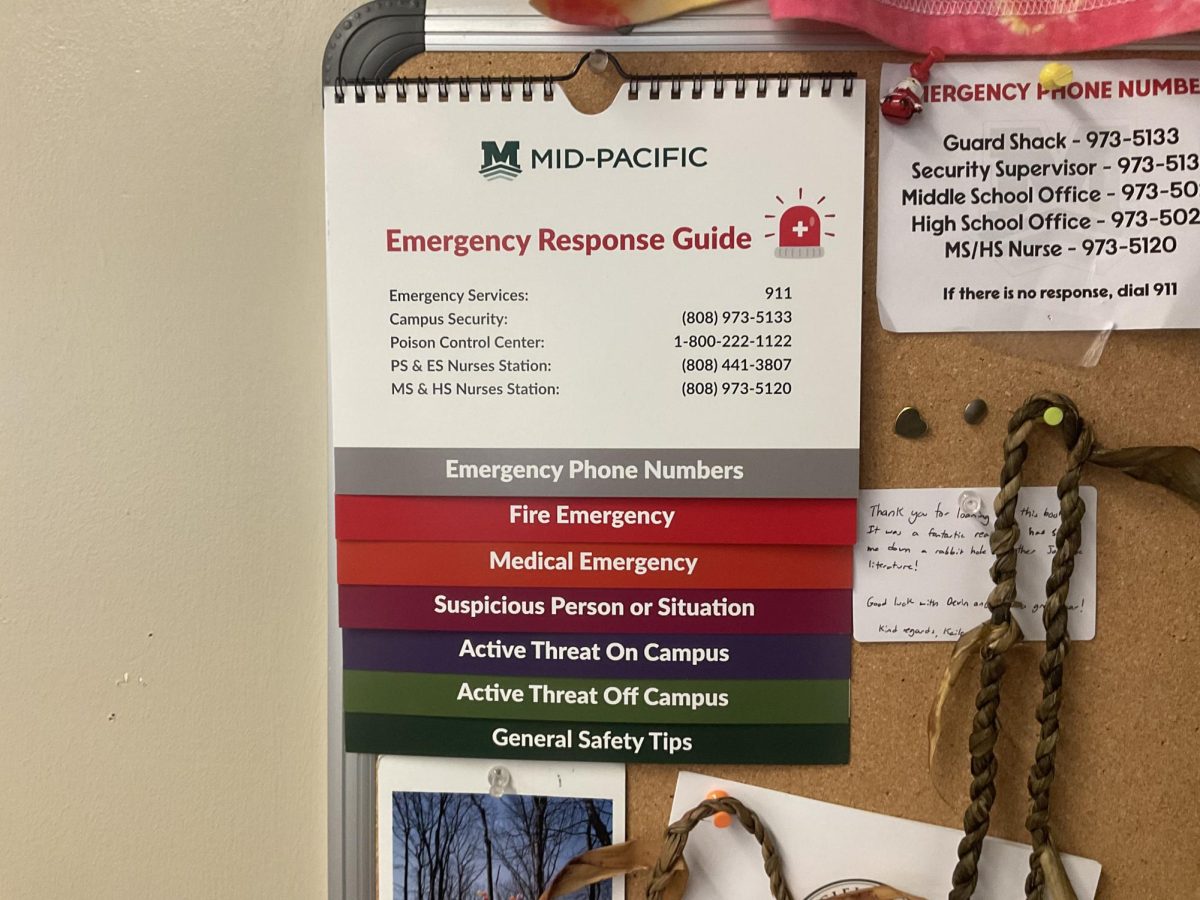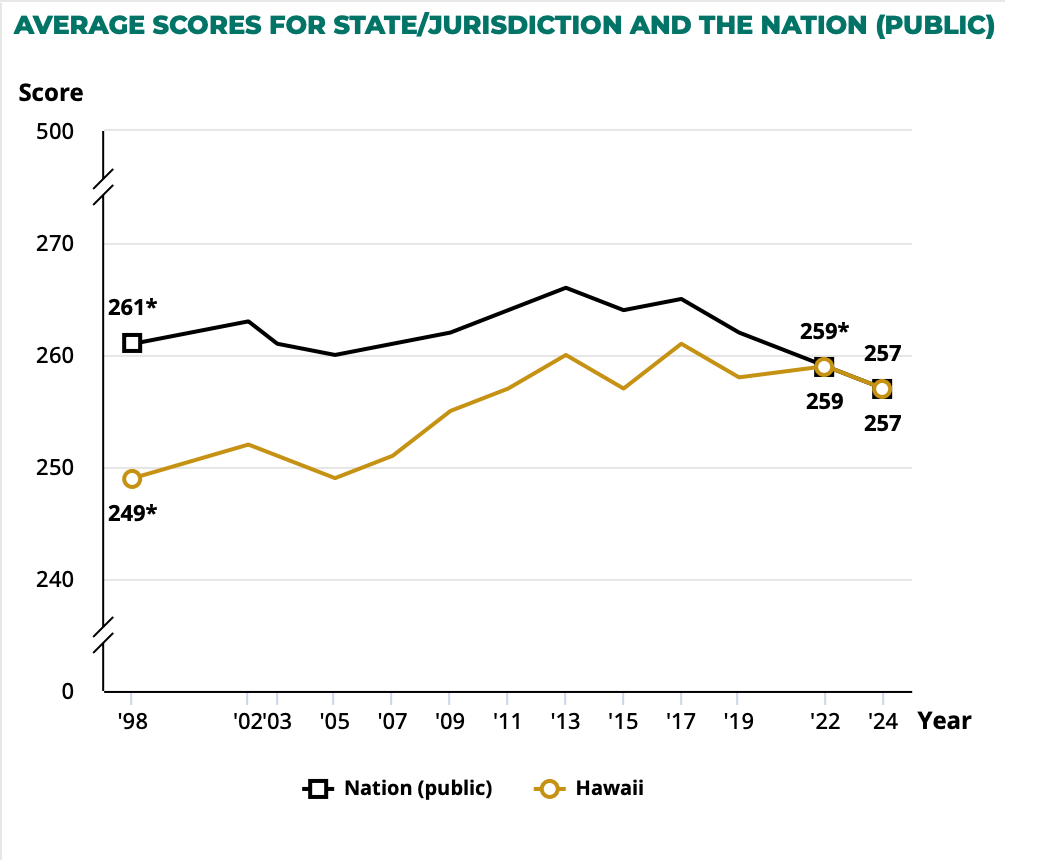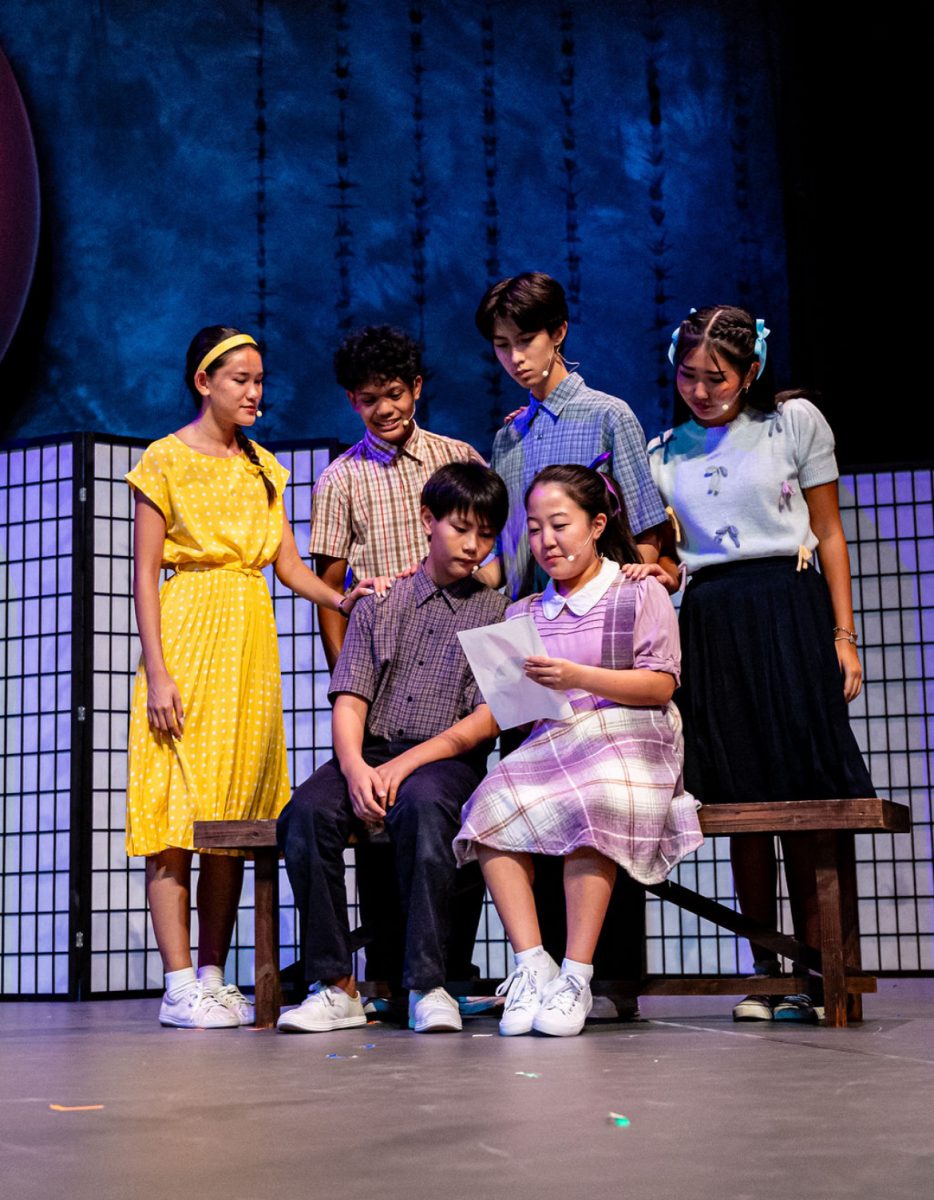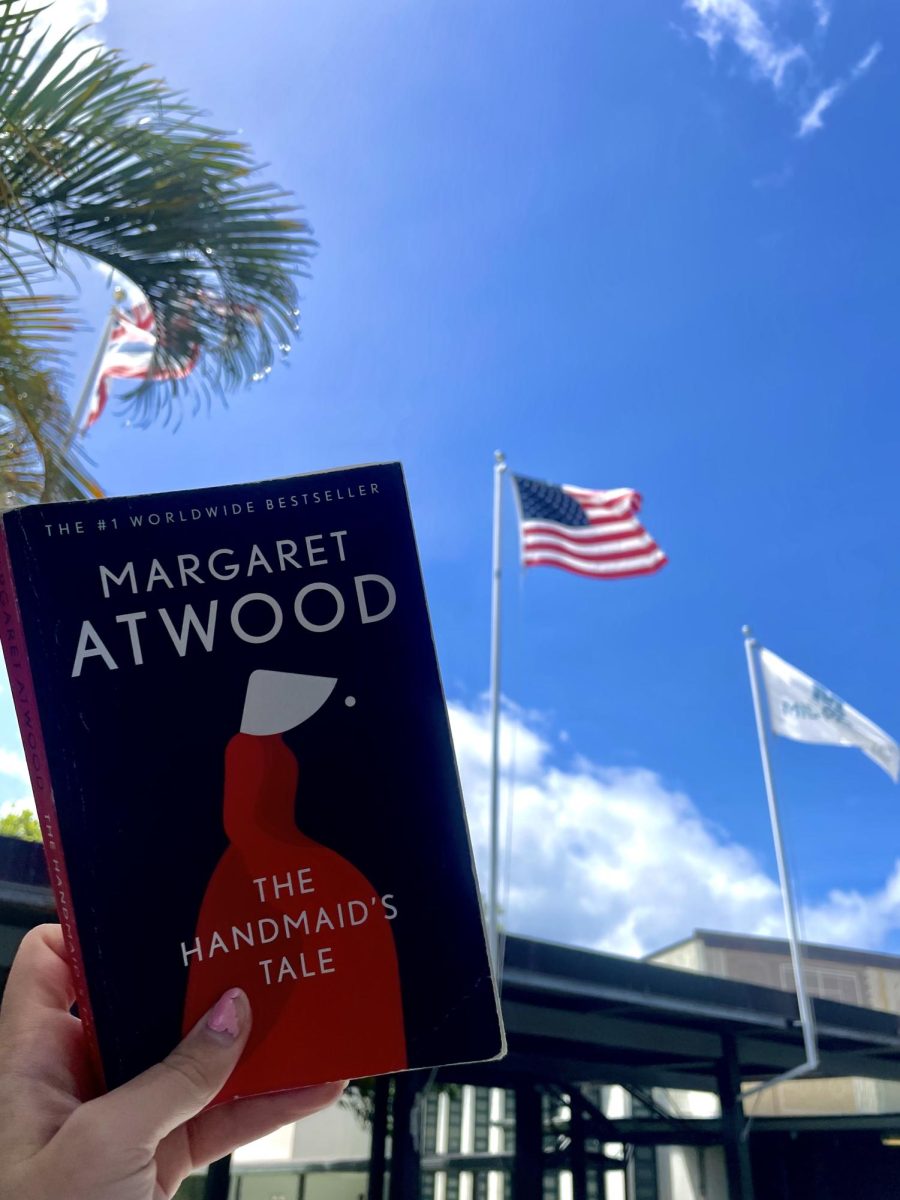ChatGPT: Malevolent or Benevolent?
Human versus AI
April 5, 2023
The controversial AI system ChatGPT has arrived on the Mid-Pacific campus. And the question for educators and students is whether or not this will be good for Mid-Pacific, or bad.
Released in late 2022, ChatGPT is an AI (Artificial Intelligence) built to have interactions with people while being able to give the user information that was preprogrammed into the system.
The new technology has stimulated much debate.
“We are working with teachers to adapt to ChatGPT,” Educational Technologist Jon Pennington and the Mid-Pacific tech team. The tech team will be holding workshops for teachers to learn more about ChatGPT.
ChatGPT has more than just the ability to answer questions; it can write code and solve complex math problems quickly. This gives ChatGPT the capacity to cheat in text-heavy subjects like English, but math as well.
And while Pennington remains optimistic about the potential for ChatGPT to improve learning, others have different perspectives. It is common knowledge around campus that ChatGPT is being misused.
Students are using the AI to write essays for themselves, and poems that emulate Shakespearean works. Senior Jayse Uemura said: “I know people who use ChatGPT for essays.”
But for many educators, this significant innovation must be turned to their advantage.
For example, student tech leaders, such as Joaquin Mejia and Evan Baron, are also helping the development of ChatGPT on campus by learning how to use it for projects and school work.
Micheal Valentine, a high school science teacher, presently utilizes ChatGPT in the classroom to help better understand the technology.
“I knew that students would use ChatGPT,” Valentine said.
Valentine figured why not use the software to the students’ advantage and help them learn and improve in class.
Mr. Valentine’s students in Human Anatomy had to write a 10-12 page research paper, and he made them write a draft first. ChatGPT was incorporated into the paper by typing a paragraph that they had written already and the students would ask for “suggestions”. Using ChatGPT gave students a new way to revise a paper.
The biggest department that is being challenged by the AI is the English department. ChatGPT can write essays for a student, which is one of the main ways an English teacher can grade a student, making it problematic.
Language Arts Curriculum Coordinator Camille Lesnick said that “[ChatGPT] should be used in appropriate ways such as editing work and expanding ideas. The students’ idea has to be their own and it should have their voice in it.”
All teachers can expect ChatGPT to hit their classroom in some way; it is how they deal with it or use it that will expand learning in the classroom. And many students want to use it responsibly.
Senior Justin Fukuroda said: “I look forward to being able to use this resource in my college but I wish I had this resource for my time in high school.”
The same criticism was leveled against calculators in class, which are now regular tools.
Valentine said: “It is a problem until we know how to use it”

